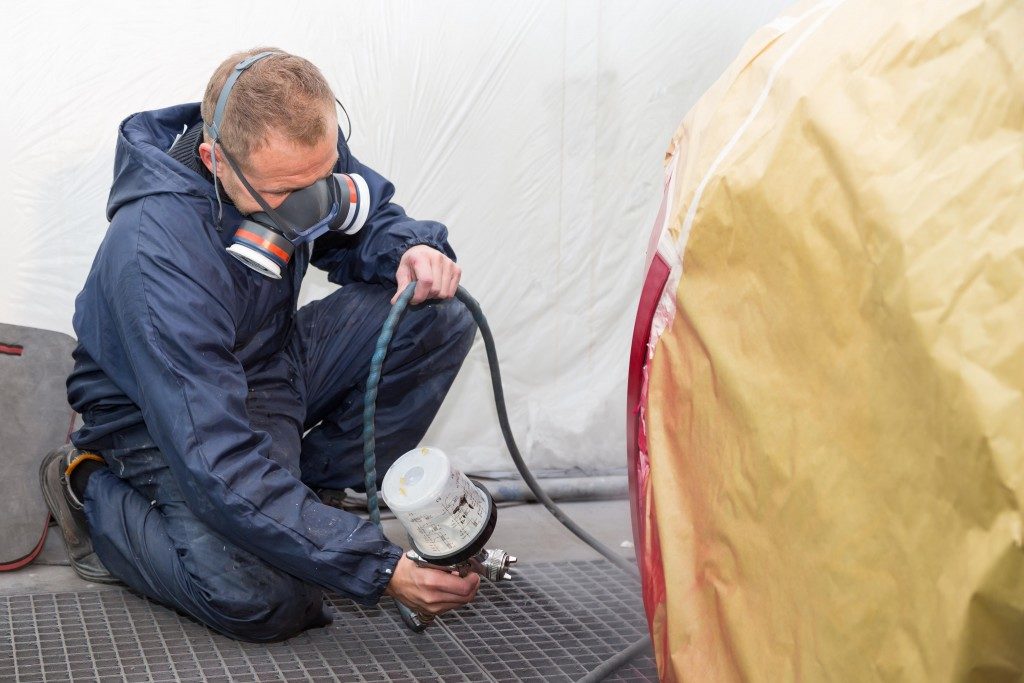The choices you now have for commercial and residential floors are vast. Concrete floors, however, are the most durable and hence generally used for all areas which are exposed to high foot and vehicular traffic. Some people still associate concrete floors with gray and off-gray colors, though, and thus steer clear of them when looking for an aesthetically pleasing flooring option. Take note: there are different techniques used nowadays to alter the color of concrete.
As such, it is now possible to benefit from the durability of concrete flooring in your New York City property without affecting the space’s overall look. With the help of professional concrete installers, you get the desired outcome for your property’s floors. The following are some of the color addition options used for concrete floors.
Water-Based Stains
These are applied in much a similar manner as paints on concrete floors. The water-based stain will penetrate your concrete floor’s surface and mixes with the calcium hydroxide found in concrete. They generate a chemical reaction that causes the intake of the stain’s pigments into the concrete. Unlike in painting, the use of water-based stains will allow the breathing of your concrete so it will neither chip nor peel. It is also possible to get a range of color effects for your floor when using water-based stains.
Acid Stains
Chemical acid staining or acid etching is a technique which involves the application of compounds containing metallic salts and hydrochloric acid after the hardening of concrete. The application causes a surface reaction with the concrete’s calcium hydroxide resulting in the penetration of the compound to color your floor. The coloration you achieve depends on your floor’s porosity, age, and makeup and the composition of your concrete. As such, no two acid-stained concrete floors will look alike making this option ideal for those looking for a unique look.
Tinted Concrete Sealers
Sealers are chemical agents which form a protective barrier that prevents the penetration of moisture and other elements which might damage your concrete floor. Though most sealers are clear, you can opt for tinted concrete sealers to add some color to your flooring while protecting it. Unfortunately, you will need to regularly re-apply the sealer since its color fades as it wears off.
Concrete Dyes

These comprise small suspended color particles which penetrate concrete floors and directly stain its interiors. There are two categories of concrete dyes including water and solvent-based dyes. Water-based dyes will create a natural and marbled look for your floors while solvent-based ones generate an even color effect on your floors. Unlike concrete stains, dyes are non-reactive, have better color penetration rates, and less residue compared to dyes. They also have more color options to choose from compared to acid stains.
The above concrete coloring options have transformed concrete floors from the drab grey ones seen in the past. Lack of style and color should hence not stop you from choosing concrete for your property’s floor. Other than the above coloration methods, there are techniques used to get different patterns on concrete floors. Stenciling, stamping, polishing and texturizing are some of the common ones.




